We have been talking about firearms ownership in the United States.
August 4, 2019: Some Facts About Gun Ownership In The United States
August 10, 2019: Some Facts About Gun Ownership In The United States #2: Rifles and Pistols
August 19, 2019: Some Fact About Gun Ownership In The United States #3: “Mass Shootings”
August 24, 2019: Some Facts About Gun Ownership In The United States #4: “Assault Weapons”
From these we came to a few conclusions. Firearm homicide in the United States is near the lowest levels in a century today, which is completely contrary to claims of an “epidemic of gun violence.” Mostly, this is concentrated in large cities like Detroit (46.7 homicides per 100,000), Oakland (23.4) and Chicago (18.4). If we want to bring these rates even lower, we should implement the kinds of policies that have allowed New York City, once another hotbed of gang and drug-related murder, to reduce its homicide rate (3.4) to below the national average. This is mostly related to reducing crime as a whole, which also reduces murders related to crime. (Some estimates among law-enforcement professionals are that 70% of all homicide is between criminals who know each other — a “falling out among thieves.”) Over 90% of these firearm homicides involve pistols, and it appears that roughly 90% of these firearms are illegally obtained. Lawfully-owned rifles and shotguns seem to have almost no relation to firearm homicide, except perhaps as a preventative. There is a strong racial component to firearm homicide, with the offender rate for Blacks (21.3) about ten times higher than for non-Hispanic Whites (2.1). The rate for Hispanics is estimated at 5.5. Nevertheless, even New York City, which has the combination of being both a large urban area and having a population skewed toward Blacks (25.1%) and Hispanics (27.5%), has managed to have an impressively low homicide rate in recent years.
The “mass shootings” that have gained a lot of attention in recent years nevertheless constitute a very small portion of overall homicide. For many years, the average number of deaths due to “mass shootings” (unrelated to gangs or drugs) was about 20. This has risen a bit in recent years. Nevertheless, compared to 17,251 homicides overall in 2017, and 64,795 deaths due to poisoning (including drug overdose), it is a very small number. Most of these “mass shootings” involve pistols; only about 14% have involved military-style semiautomatic rifles (“assault weapons”).
I don’t know enough about whether legally-owned firearms reduce crime and homicide to have a strong opinion about it. Some countries with strict gun control laws have very low homicide rates (Japan, 0.20). Some other countries with strict gun control laws have very high homicide rates (Mexico, 24.8; Brazil, 30.5), mostly involving illegally-owned firearms. There is now a political movement in Brazil to legalize firearms ownership for self-defense. Violent crime in Britain soared after gun control laws (and then knife-control laws) became more and more restrictive.
Britain used to have an attitude toward the right to bear arms that was similar to the United States. This changed in 1920, apparently due to a fear of the militant Irish independence movement and the threat of Communist revolution. Ireland fought for and won its independence in 1921 — an outcome that, the Founders of the U.S. might have argued, was exactly as it should have been. (I argued in The Magic Formula that Ireland’s separation from Britain coincided exactly with the imposition of very high taxes after World War I, ending a centuries-long tradition of low taxes in Britain.) The Firearms Act of 1920 was succeeded by a long series of ever-more-restrictive measures, recently involving knives and even other vaguely sharp objects. Here is a recent Tweet from British police:

Nevertheless, this long path from a U.S.-like attitude toward the right to bear arms, to today’s level of extremity, has not lowered the U.K.’s homicide rate in any meaningful way. Today’s homicide rate in Britain of 1.2 is higher than it was in 1900, before the first 1920 restriction.
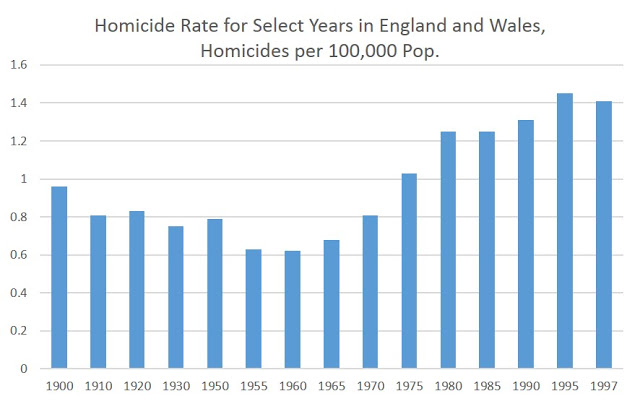
However, violent crime soared.
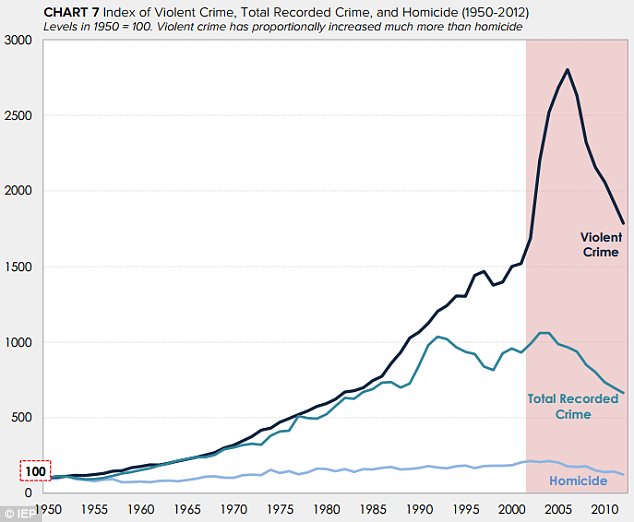
I will set aside the topic of crime prevention or deterrence for now. What is clear, however, is that legally-owned firearms, especially rifles and shotguns owned by non-Hispanic Whites outside of major urban centers, have negligible involvement in crime. It is a little amazing, really, how well-behaved people are about it, considering that the U.S. citizen owns three times as many small arms as all the militaries of the world combined. We have been doing it for over two hundred years, and it has not been a problem.
This brings us to what I think are some important reasons why the Founders’ insistence that every American adult male should be armed remains relevant today.
The first is a general breakdown of order. This might come about from many things, from hyperinflation to civil war to a rupture of the New Madrid Fault to secessionist movements to who knows what. We have discovered that when the existing controls of police protection cannot be relied upon, criminal elements organize very quickly, in a matter of a few days, and may begin plundering the countryside. There is an interesting course online by Selco Begovic, who survived the Yugoslav Civil War of the 1990s as an armed civilian. He didn’t fight for this side or that side, but simply tried to stay alive. If you were ever to find yourself in a situation like that, you definitely want to be armed, because all the bad guys (criminals) will be armed and, once the rule of law is lost, they will be eager to have their way with you. Basically, in Yugoslavia the “good people” also banded together very quickly, into groups large enough that they could be defended. Unarmed groups were ravaged and disappeared.
Here are some warning signs and precursors, that Selco Begovic said he experienced in Yugoslavia:
“Things that make differences between people are more and more problematic (race, religion, political opinion).
“Polarization is getting obviously stronger.
“People want to come to your country, but they do not want to “assimilate” or contribute to greater good. They want to preserve their way of life which is often absolutely contradictory to the way that your country (society) works.
“The political way of solving those problems often fails, because, in essence, those problems are hard to solve in a democratic way (in the spirit of democracy).
“Your freedoms are “shrinking” as a result of that.
“Calls for “radical solutions“ for the problems are stronger and stronger.
“The media is absolutely working a dirty job, and it is hard to find out what is the truth anymore.”
The second is what might be generalized as “communist revolution.” It may not be this exactly, but that is a good model to keep in mind. One reason that the Communist Revolution was successful in Russia was because the population was not armed. The result was that Alexander Solzhenitsyn (he won a Nobel Prize in Literature in 1970 largely for his historiographic documentation of the horrors of the Soviet Union) estimated that 60 million Russians died at the hands of the Soviet government. (Other estimates put the death toll closer to 100 million.) To this we can add tens of millions in China under Mao (forty million seems to be a middle-ground estimate), more millions under Pol Pot in Cambodia, Cuba, Yugoslavia, Ethiopia, etc. Many times, these changes in government were accomplished by a small number of revolutionaries — hundreds — against an unarmed population. To that we can add a long string of states that were embroiled in Communist civil war including all of Central America, Peru, etc. etc. and more etc. It happens all the time. We also forget the failed attempts at Communist takeover in Italy, Spain, Germany, Hungary and elsewhere.
It would be a bit much to call these “deaths due to a lack of firearms among civilians.” But, you get the idea.
Here is a well-known quote from Alexander Solzhenitsyn regarding communist rule in Russia:
And how we burned in the camps later, thinking: What would things have been like if every Security operative, when he went out at night to make an arrest, had been uncertain whether he would return alive and had to say good-bye to his family? Or if, during periods of mass arrests, as for example in Leningrad, when they arrested a quarter of the entire city, people had not simply sat there in their lairs, paling with terror at every bang of the downstairs door and at every step on the staircase, but had understood they had nothing left to lose and had boldly set up in the downstairs hall an ambush of half a dozen people with axes, hammers, pokers, or whatever else was at hand?… The Organs would very quickly have suffered a shortage of officers and transport and, notwithstanding all of Stalin’s thirst, the cursed machine would have ground to a halt! If…if…We didn’t love freedom enough. And even more – we had no awareness of the real situation…. We purely and simply deserved everything that happened afterward.
The Founders intended that we would have more than pokers and axes to defend ourselves from situations such as these — situations that seem unlikely, as Solzhenitsyn described, even while they are happening. One reason Selco Begovic found himself and his family in a survival situation in Yugoslavia is because, as he described, he did not heed or notice the warning signs before, and leave the region. Most people do not.
But, we don’t have any militant communist groups active today in the U.S., do we? Of course not.
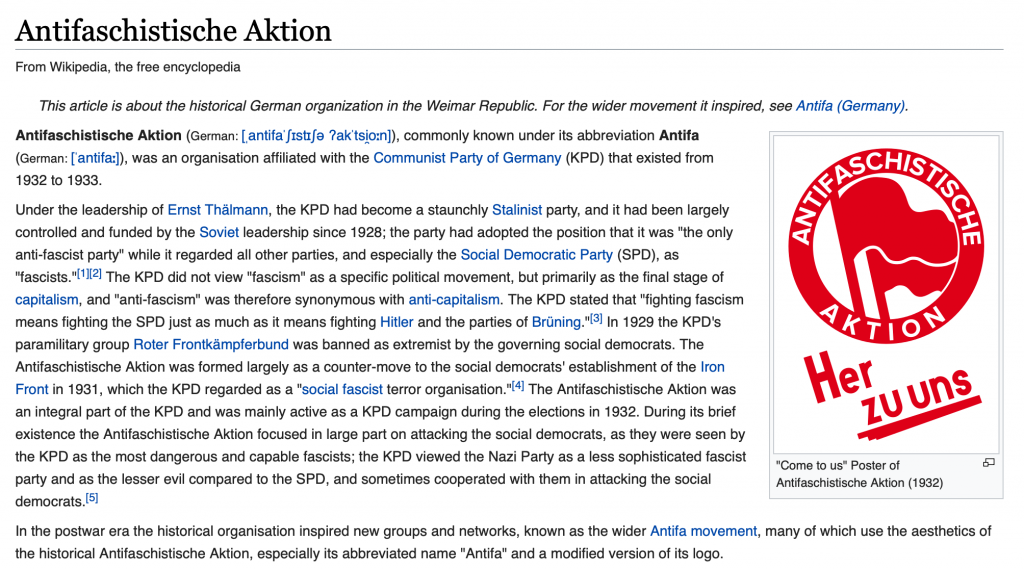
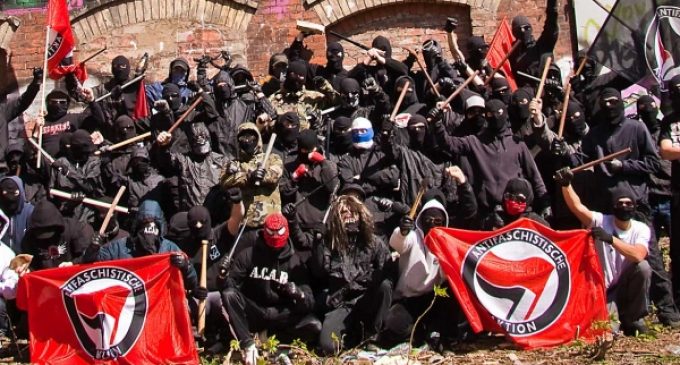
These people are not so threatening today, because they have sticks and we have guns. Now imagine if they have guns and you have sticks.
To this we can add various other threats of tyranny, related to the United Nations or the existing U.S. government, ISIS sleeper cells or perhaps a Mexican “Reconquista” movement. There is no need to speculate too long on any of these notions, since we can be sure that the majority of them will never come to pass. But, to assume that things will always be fine forever is laughably naive.
If you look at the history of other countries, things are never fine forever. France is on its Fifth Republic since the French Revolution. Other major powers including Germany, Italy, Russia, Japan, China, India and Spain have all had their seasons of tremendous turmoil and disaster. The Anglophone world (Britain, U.S., Canada, Australia, New Zealand) has been relatively free of turmoil. In part, this is because of the long tradition of Anglo-American principles of Liberty which these countries share (or shared in the past), and upon which the United States was based. (However, even Britain had a Civil War in the 1640s, and the U.S. in the 1860s.)
One component of those principles of Liberty is the right to bear arms. We should look at the 200+ year success of our system of government as stemming in part because it has the support of the people, and the people are ready to defend their liberties if necessary. In other words, the armed U.S. civilian has been one component of the system’s success, just as was intended by the Founders. It has served as an effective deterrent to all enemies of the People, foreign or domestic.
Here is a nice list of (verified) quotes from the Founders on why they thought Americans should be armed.
Of course, the armed civilian has always served as a deterrent to foreign invasion. In the past, this was intended to serve as an alternative to a standing army. That is perhaps not really a viable proposition today. But, the prospect of the existing U.S. military, backed up by the armed civilian, is a rather high hurdle for anyone considering a land invasion. In over two centuries, there has been no-one willing to consider it. Switzerland has a similar policy. In Swiss national mythology, the tradition of the “citizen soldier” dates from William Tell in the fourteenth century. According to this account, Tell led an uprising of the armed militia which freed Switzerland from Austrian control, and established the Old Swiss Confederacy of the original Eight Cantons. (The story is similar to the founding of the original thirteen States of the Unites States.) Today, every adult male between the ages of 20-34 is enrolled in the militia, and is given a military firearm and ammunition. The Swiss military’s primary rifle is the SG 550, which is full-auto capable. Many Swiss men keep their weapons afterwards. The rate of gun ownership in Switzerland is third in the world, behind only the United States and Yemen. The homicide rate is 0.50 per 100,000. Commentators with an anti-gun stance attribute this extraordinary success in Switzerland in part to firearms training (this is one of the chief activities of the National Rifle Association), and background checks, which already exist in the U.S. for every firearms purchase, including purchases on the used market. In the United States, the definition of the “Reserve Militia” is: every able-bodied man between the ages of 17 and 45.
Here is a statue of William Tell in Switzerland:

The U.S. ideal of the “citizen soldier” is embodied in the “Minute Man,” commemorated in statues everywhere. A plow in one hand and a rifle in the other. (In those days, before Twitter and Instagram, people expressed their memes in cast bronze and put them in public spaces.)

People today like to debate what the Second Amendment, the right to bear arms, and the “militia” is all about. I think history tells the tale.
After much wrangling and disagreements, in 1775 the British attempted to disarm the Massachusetts militia in Concord, MA. This led to the Battles of Lexington and Concord, between British soldiers and the militia, which of course were armed civilians. Some people think the British soldiers were actually rather well-behaved in these incidents, and that the Americans were egged on by radicals intent on creating conflict. In any case, the British were defeated at Lexington and Concord, and fought a fighting retreat to Boston against a growing mass of militia forces. At Boston, they were surrounded by militia forces, and forced to depart the city in early 1776. This was the beginning of the American Revolution. The Declaration of Independence did not follow until a year after the effective start of the war. The British, with the most powerful military in the world, lost.

Kickin’ some British butt eighteenth-century style.
In other words, the existence of the United States is due to the armed militia — private citizens, farmers and workmen, who eventually reached the limits of their patience with British rule, and spontaneously teamed up to kick them out. We can easily forget that the British military was the regular military of the United States at that time. It was not a “foreign invader.”
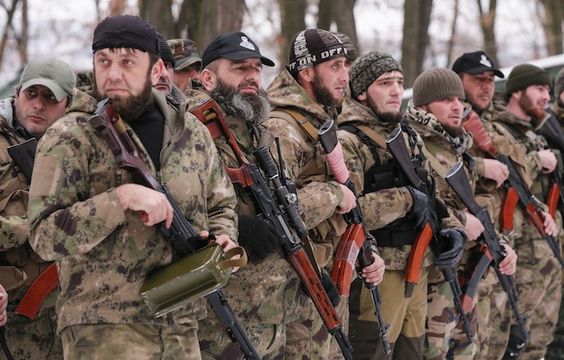
Despite the long list of complaints that comprises most of the Declaration of Independence, the British were, by twentieth-century standards, not very tyrannical in their rule over the Colonies. Tens of millions of American colonists did not disappear into gulags never to return. There was no forced starvation of millions such as Stalin imposed on Ukraine. There were no pyramids of skulls as in Cambodia. There was no “Cultural Revolution” as Mao imposed on China. The British were, even despite their flaws, one of the most principled and libertarian governments in the world. Yet, the creation story of the United States is that of the armed citizen resisting tyrannical governments and foreign invaders. It worked: the U.S. still around, and, despite its flaws, it has never been very tyrannical, and has never fallen to foreign invaders or Communist-like internal disruption.
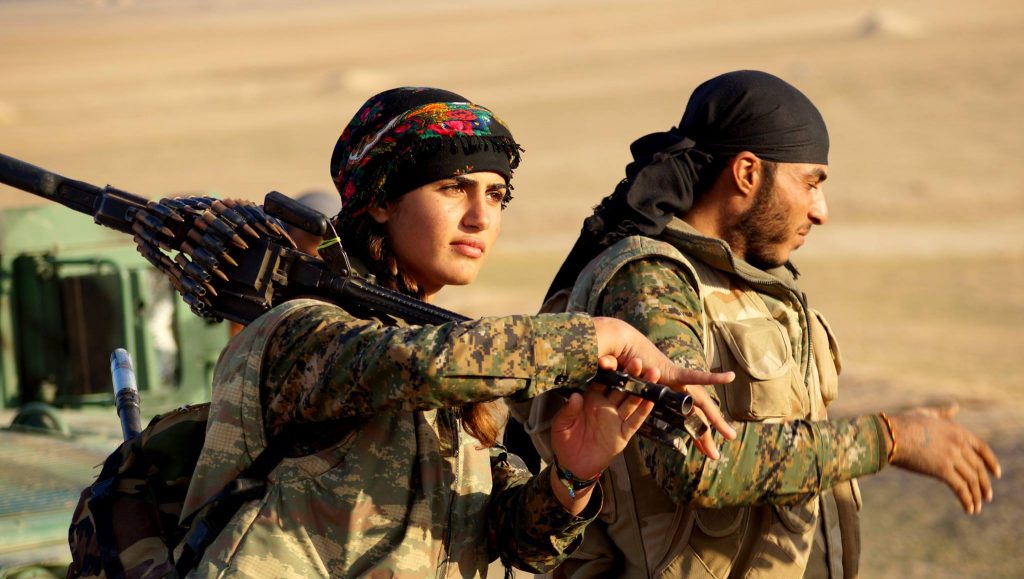
I think people sense that the U.S. is the last great fortress of liberty. If the U.S. falls, according to this view, so will Europe and many other places worldwide. I find that the idea of the armed U.S. citizen is highly popular among foreigners. They might not be too happy with the U.S. military dropping bombs here or there. But the U.S. citizen poses no threat to them, and has helped keep the government (and consequently, the military) in line. The U.S. is in rather bad shape these days, and some think the flame of Western Civilization these days burns more brightly in Russia and perhaps some other parts of Eastern Europe, which have a memory of the Soviet era and (oddly enough) are less tolerant of Cultural Marxist degradation.
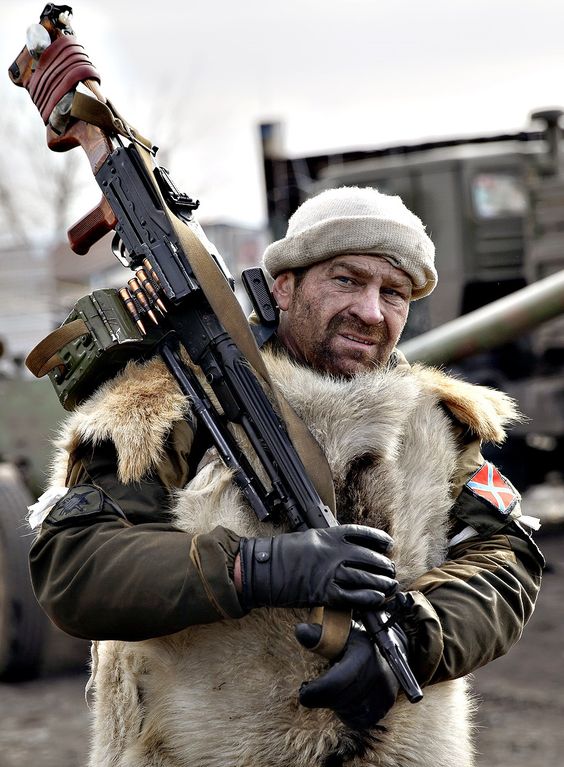
For the most part, the U.S. military (“standing army”) has not been a tool of tyranny over the people, as the Founders feared. But, that could change if the people were unarmed. The curious can look up Operation Jade Helm (2015), and all the related elements including FEMA camps, the involvement of WalMart, & etc.
Homicide rates have been falling for decades, and are now among the lowest in the last century. Perhaps, in the future, we will achieve a situation like Switzerland, where most adult males own military rifles, and the homicide rate is one-tenth of the U.S. today. That would be wonderful. It is also, as Switzerland demonstrates, possible.

They might have to take back their own country soon.
For now, one of the most compelling reasons why we should defend the right to bear arms is because some people are so intent on attacking it. As we have seen in detail through this series, this does not make much sense from the standpoint of crime or even “mass shootings.” It appears that some organized group has a longstanding, decades-old agenda to deprive the American people of their Second Amendment protections, in particular the use of firearms that provide the most capability against a military-style opponent — a large, organized group, such as a criminal gang or group of bandits, a drug cartel, ISIS cell, local warlord, communist uprising, police force, or a state military, foreign or domestic. We can easily speculate why this might be so; and what might happen if they were successful.
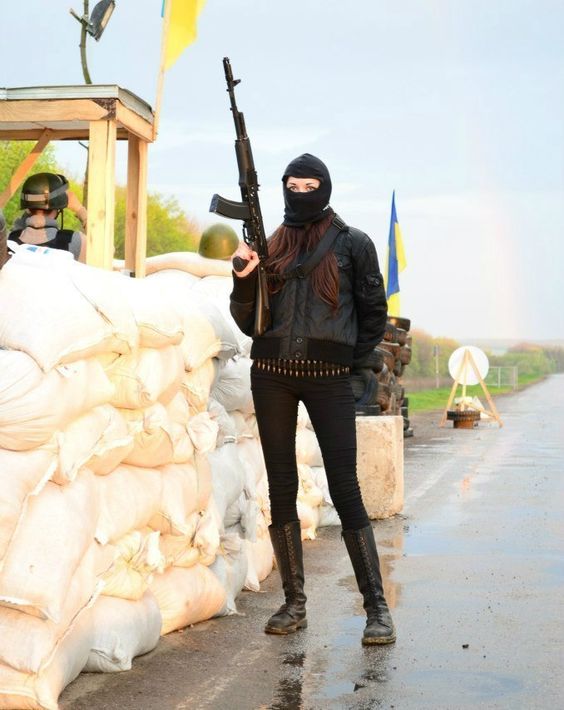
The Donetsk People’s Republic declared independence from Ukraine in 2014. It still stands.

